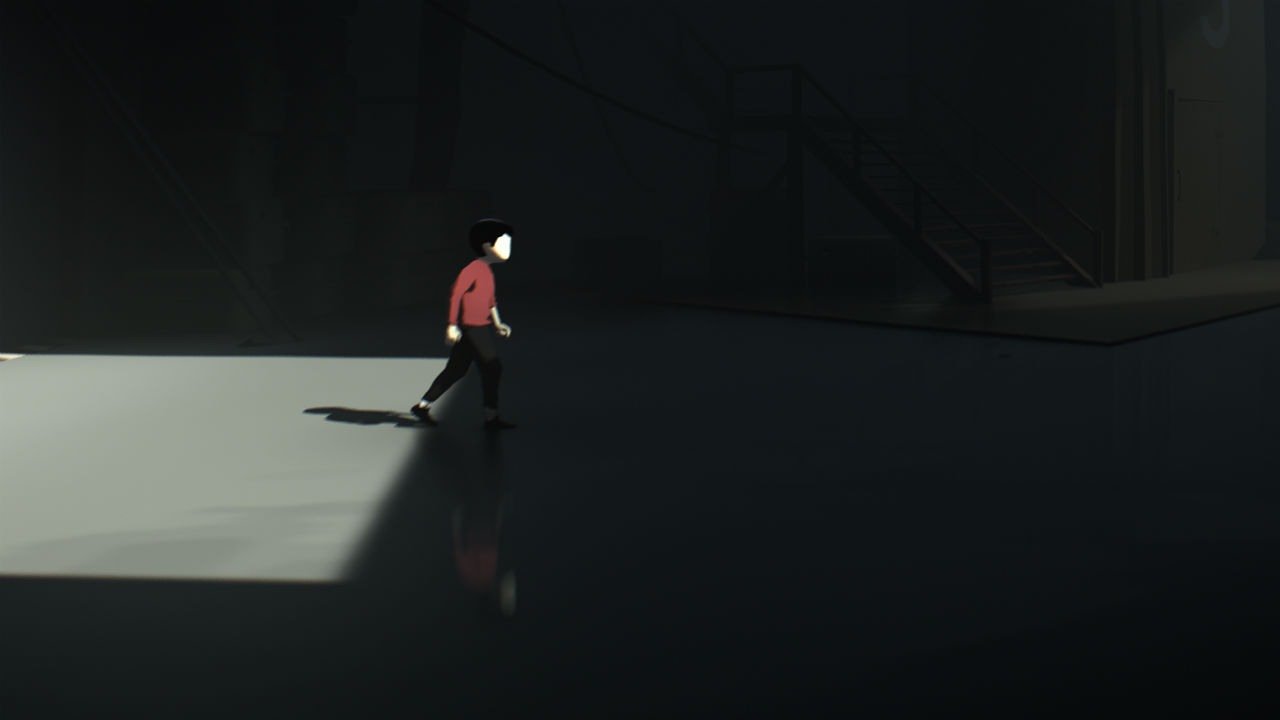

To prepare the album sessions, Bjork moved to London and it is here where it begins to penetrate into the techno and dance scene. During this time and until final release, Debut had already gained international recognition which was not expected by the singer and is notable in almost every interview as she does not close the door expressing her interest of a possible meeting with the previous group. Musically, the songs on this album took a different direction from her previous albums with the band the Sugar cubes, with a mixtures of genres and styles ranging from house, jazz, trip hop and techno.Īfter the album “Stick Around For Joy (1992)” with the Sugar cubes, Bjork started preparing her second album, after taking a break. The album consists mostly of love songs with topics featuring her boyfriend Dominic Thrupp, her producer Nellee Hooper and Bjork’s love for life. Bjork worked on the album with producer Nellee Hooper, who co-wrote five of the songs. Through this investigation into Bjork’s back catalogue and current works I want to give Bjork as an artist, justification and appreciation for the experimental production techniques she has used and become renowned for.ĭebut is the second studio album of the Icelandic singer Bjork, (as previously she had recorded a solo album at the age of 11) released in July 1993 by the label “One Little Indian” in the UK and “Elektra” in the United States. Bjork’s vast body of work include albums which focus on rare production of voice, or creating an album purely made from instruments that were constructed for that specific purpose only to be used as an art installation after the album was created being put on display at gallery’s and other locations, so that the general public can experience Bjork’s work in person.ījork's love of classical music can be heard throughout her music with the use of string quartet's to organs, which goes to show that Bjork has a very refined palette for music, especially when she combines classical and electronic techniques.Įach chapter / album is intricately analyzed and reviewed to create this dissertation. When it comes to experimental instrumentation, Bjork is no stranger, with most of her albums emitting creative ingenuity. In this dissertation I will be investigating and exploring the uniqueness of Bjork’s past and present albums, amongst this vast body of work I will focus upon looking particularly at her experimental instrumentation and some of her notable collaborations, which range from classical performers to hip hop producers such as Timberland and jazz harpist Corky Hale. It is undeniable that Bjork was and still is one of the most inspirational and unique artists of the past and is still hugely influential in the music industry today. Experimental Instrumentation in her past album’s


 0 kommentar(er)
0 kommentar(er)
